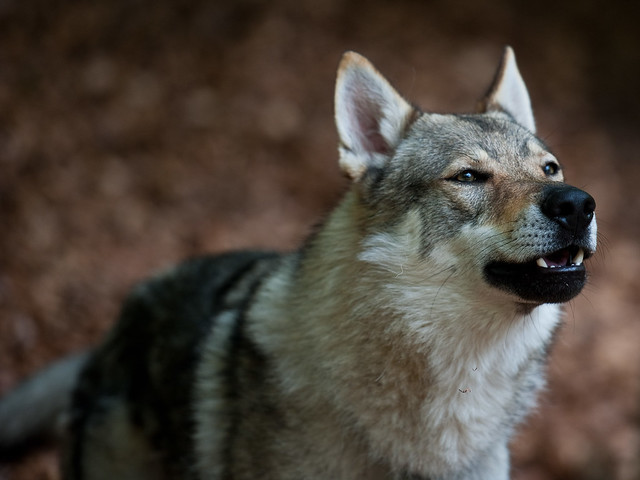Search Results for Tag: mankind
Mankind’s best friends
Many people share their homes with them and all of us benefit from them – for example for food. Without the help of animals, mankind would probably not be as advanced as it is today. Some species have been on our side for a very long time. But which was the first species that joined human lives? Which animal was first domesticated and why did our ancestors choose this particular species?
Pigs are among the youngest members. Humans began to domesticate pigs around 4600 B.C. Evidence in form of fossils and DNA pieces for the time has been found in northern Germany. The finding is especially significant because the people in that era were Mesolithic hunter-gatherers (the so called Ertebølle culture) who may have already started to domesticate dogs but were not known to raise animals and crops for food.
Our list continues with one of the most beloved pets of our time, the cat. The oldest record of a cat living together with humans has been found on Cyprus about 9,500 years ago. Scientists found a young man buried along with a wildcat. Looking at Egypt about 4000 years ago, we find wall art displaying mummified cats. So we can be certain that feral cats by that time had already become loved pets. So it is clear that domestication happened in between these two dates. When exactly and why we don’t know yet.
Looking at sheep, the history of their domestication by mankind started even earlier. In ancient Mesopotamia the wild mouflon was domesticated between 11000 and 9000 B.C. These sheep were primarily raised for meat, milk, and skins. Wool only became important a few thousend years later, around 6000 B.C. In Iran a trading system was established that exported the wool to Africa and Europe.
The last animal in our list has been alongside of humans since between 18,800 and 32,100 years ago in Europe. A study explains that our ancestors started to turn their lupine foes into their best friends. We are talking about the dog. Or at least an animal that is a direct relative of the dogs we know today. Fossils of dog-like animals have been found, the study explains. But these creatures did not appear to leave any descendents, so there is no perfect proof as long as nobody can travel back in time to see our grand-grand-grand-grand-folks with their poochies.
World Water Day: Humans are guzzling too much water
With World Water Day, the United Nations will draw attention towards mankind’s water consumption, especially in industrial nations. Today, about 7 billion people live on our planet. The number is expected to grow by about 2 billion by the year 2050. Of course, each one of them will need water. That includes drinking water as well as water used in every day life, like for showering or food production. All together, that adds up to a lot of water. Just keep in mind, producing one kilo of beef consumes 15,000 liters of water, and one kilo of wheat guzzles up 1,500 liters.
The United Nations recommends a sustainable diet. That means we should be aware of how water-intensive products are. We also should reduce the amount of food we waste, says the UN. 30% of the food produced worldwide is thrown away. The water used to produce it is therefore lost forever. You can learn more about the World Water Day on the official UN website. The latest Environmental Outlook report by the OECD also draws a bleak picture on rising sea levels that are swallowing cities and millions of people who will be suffering water shortages.
The UN also provides a very interesting FAQ about the value of water. Facts and figures about water can be found from the National Geographic. If you are a U.S. resident, the National Geographic provides another interesting feature, a water footprint calculator to estimate your water use on a daily basis.








Feedback